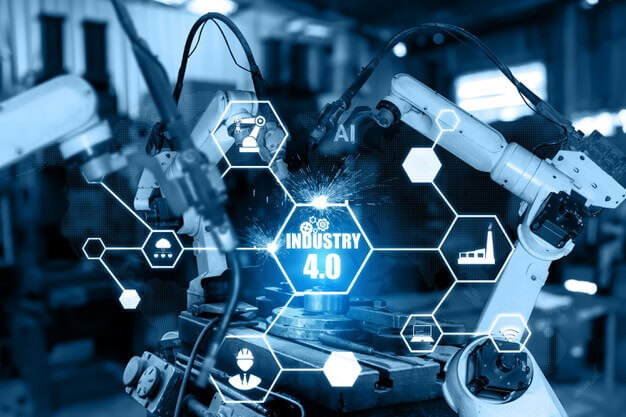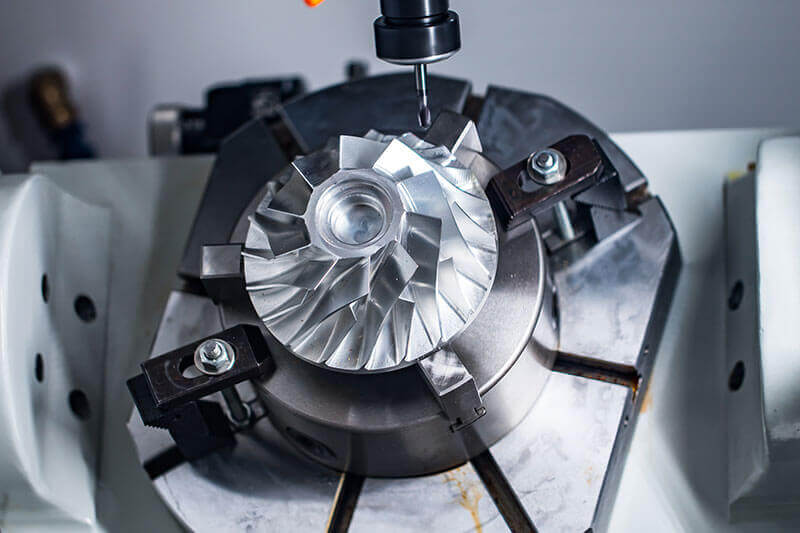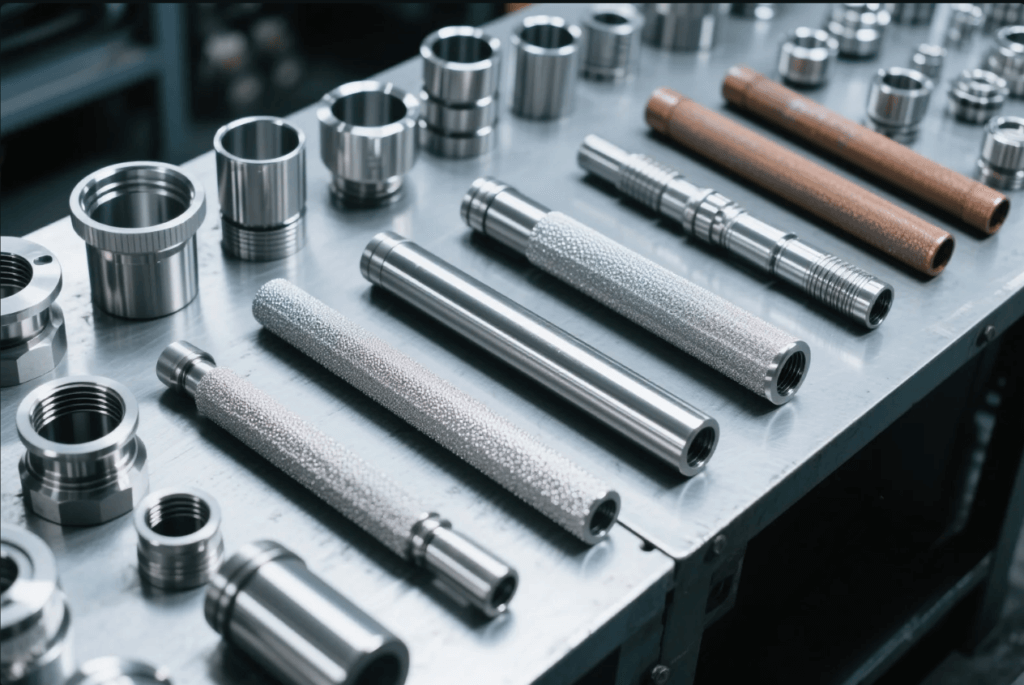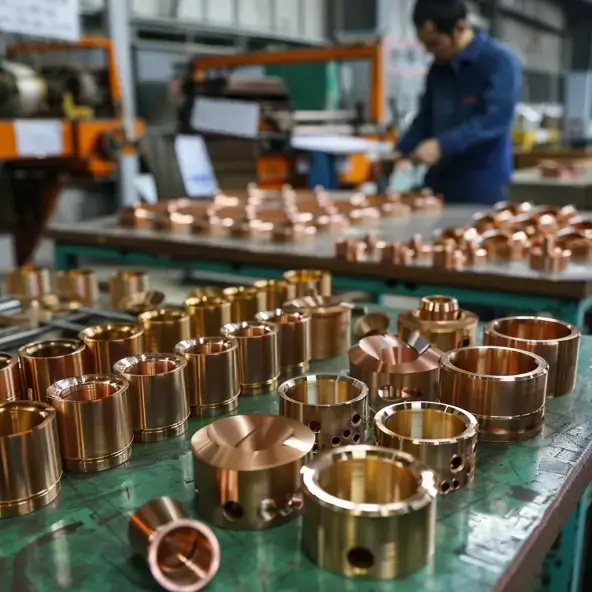Artificial Intelligence in CNC Machining: The Future of Precision Manufacturing
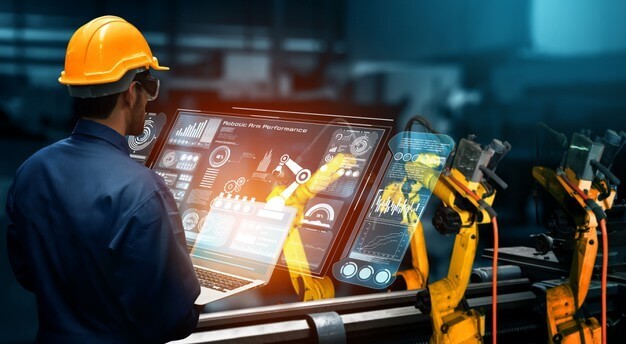
How is AI Transforming Modern CNC Machining Operations?
The integration of artificial intelligence into CNC machining represents a quantum leap in manufacturing technology. Unlike traditional computer-controlled systems, AI-enabled machines continuously learn and optimize their performance. Consequently, manufacturers achieve unprecedented levels of precision, efficiency, and reliability. Furthermore, these intelligent systems can predict maintenance needs, adapt to material variations, and even correct errors in real-time.
Key Benefits of AI in CNC Machining
- Predictive maintenance: Reduces unplanned downtime by 30-50%
- Adaptive control: Automatically adjusts parameters for optimal cutting
- Quality assurance: Detects defects with 99.9% accuracy
- Process optimization: Improves cycle times by 15-25%
What Are the Best AI Applications for CNC Machining?
Artificial intelligence enhances nearly every aspect of CNC operations through specialized applications. Machine learning algorithms, for instance, analyze vast amounts of sensor data to identify patterns and anomalies. Meanwhile, computer vision systems provide real-time quality inspection capabilities that surpass human vision. Additionally, neural networks optimize tool paths and cutting parameters for maximum efficiency.
1. Predictive Maintenance Systems
By monitoring vibration patterns, temperature fluctuations, and power consumption, AI can predict tool wear and machine failures before they occur. As a result, manufacturers transition from reactive to proactive maintenance strategies.
2. Adaptive Process Control
Smart CNC machines automatically adjust feed rates, spindle speeds, and depth of cut based on real-time cutting conditions. Therefore, they maintain optimal performance even with material inconsistencies.
3. Automated Quality Inspection
AI-powered vision systems detect surface defects, dimensional inaccuracies, and tool marks with micron-level precision. Consequently, quality control becomes faster and more reliable than manual inspection.
Which CNC Machining Processes Benefit Most from AI?
While all manufacturing operations gain advantages from artificial intelligence, certain processes show particularly dramatic improvements:
| Process | AI Enhancement | Performance Improvement |
|---|---|---|
| High-Speed Machining | Chatter detection and suppression | 40% increase in stable cutting speeds |
| 5-Axis Machining | Collision avoidance algorithms | 99% reduction in crashes |
| Micro-Machining | Tool wear compensation | 3x longer tool life |
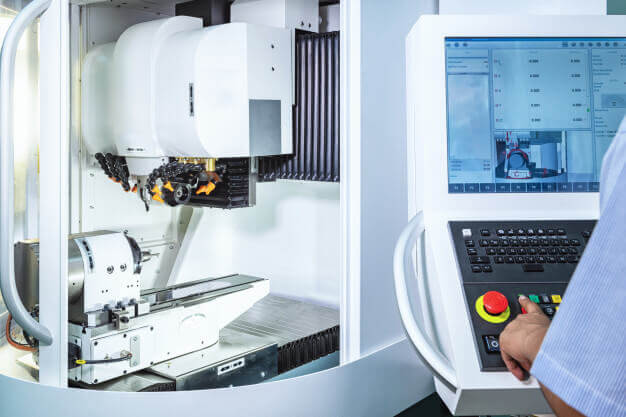
How Does Machine Learning Improve CNC Programming?
Traditional CNC programming requires extensive manual input and testing. However, AI-powered systems revolutionize this process through several key innovations:
AI Programming Advancements
- Generative toolpaths: Algorithms create optimized cutting paths automatically
- Material learning: Systems adapt to specific material behaviors
- Error prediction: Anticipates and prevents potential machining issues
- Self-correction: Makes real-time adjustments during operation
What Are the Implementation Challenges of AI in CNC?
While promising, AI integration presents several technical and organizational challenges that manufacturers must address:
- Data requirements: AI systems need extensive training data
- Workforce training: Operators need new skills to manage AI tools
- Cybersecurity: Connected systems increase vulnerability risks
- Initial costs: Significant investment required for full implementation
How to Get Started with AI in Your CNC Operations?
Manufacturers can adopt AI technologies gradually through these practical steps:
- Begin with sensors: Install IoT devices to collect machine data
- Start small: Implement single-point solutions like predictive maintenance
- Train staff: Develop AI literacy across the organization
- Expand strategically: Scale successful pilot programs
Conclusion: The Future of AI in CNC Machining
Artificial intelligence is transforming CNC machining from a static, programmed process into a dynamic, self-optimizing system. As these technologies mature, we anticipate even greater advancements in autonomous operation, real-time optimization, and predictive capabilities. Manufacturers who embrace AI now will gain significant competitive advantages in quality, efficiency, and innovation.
Key Takeaways for Smart Manufacturing
- AI enables predictive maintenance that reduces downtime by 30-50%
- Machine learning optimizes cutting parameters in real-time
- Computer vision provides superior quality inspection capabilities
- Gradual implementation minimizes risk and maximizes ROI


